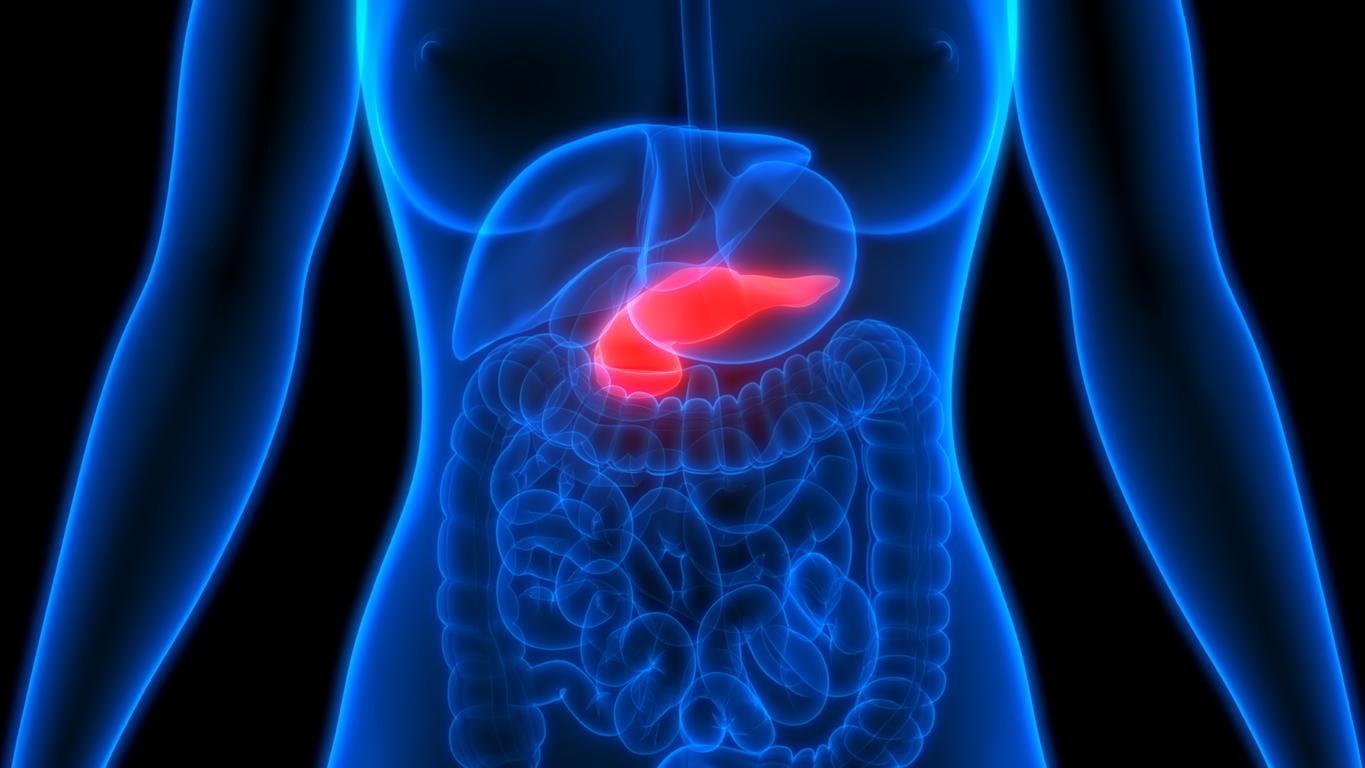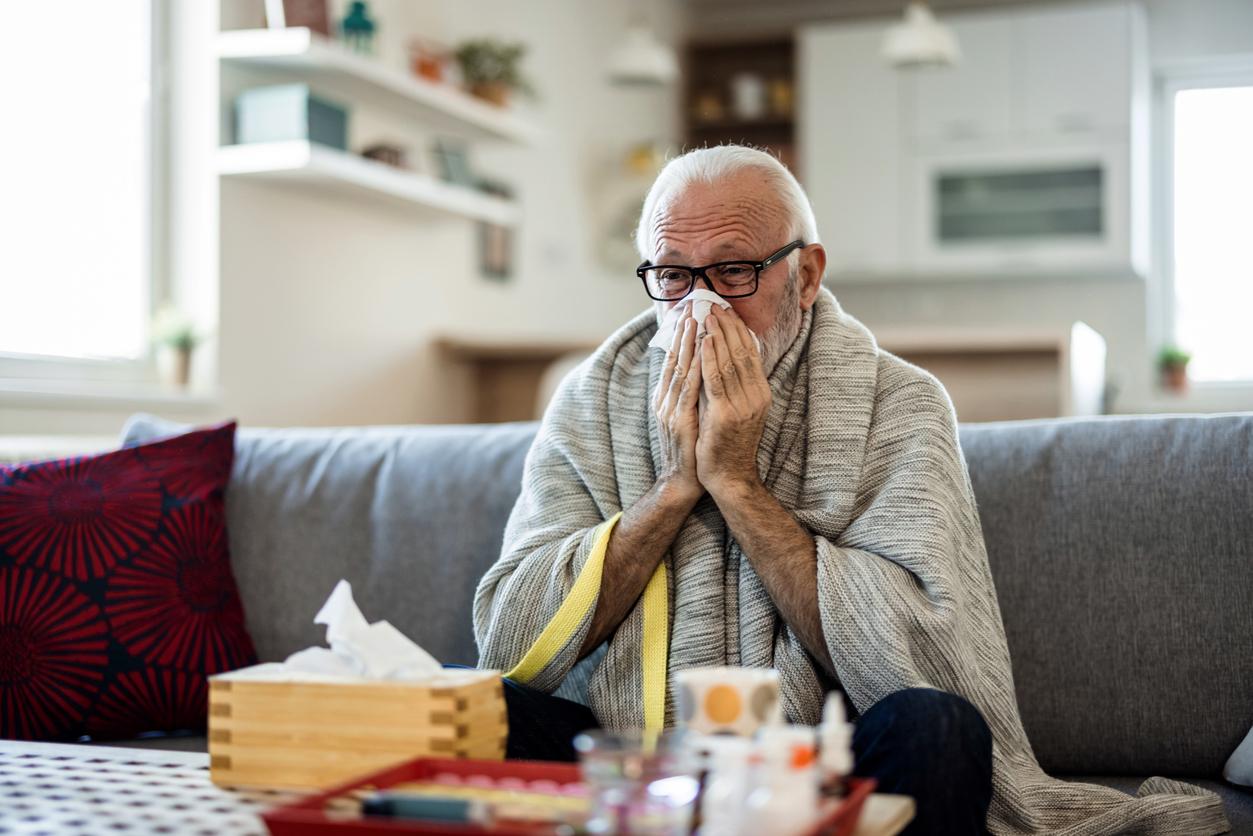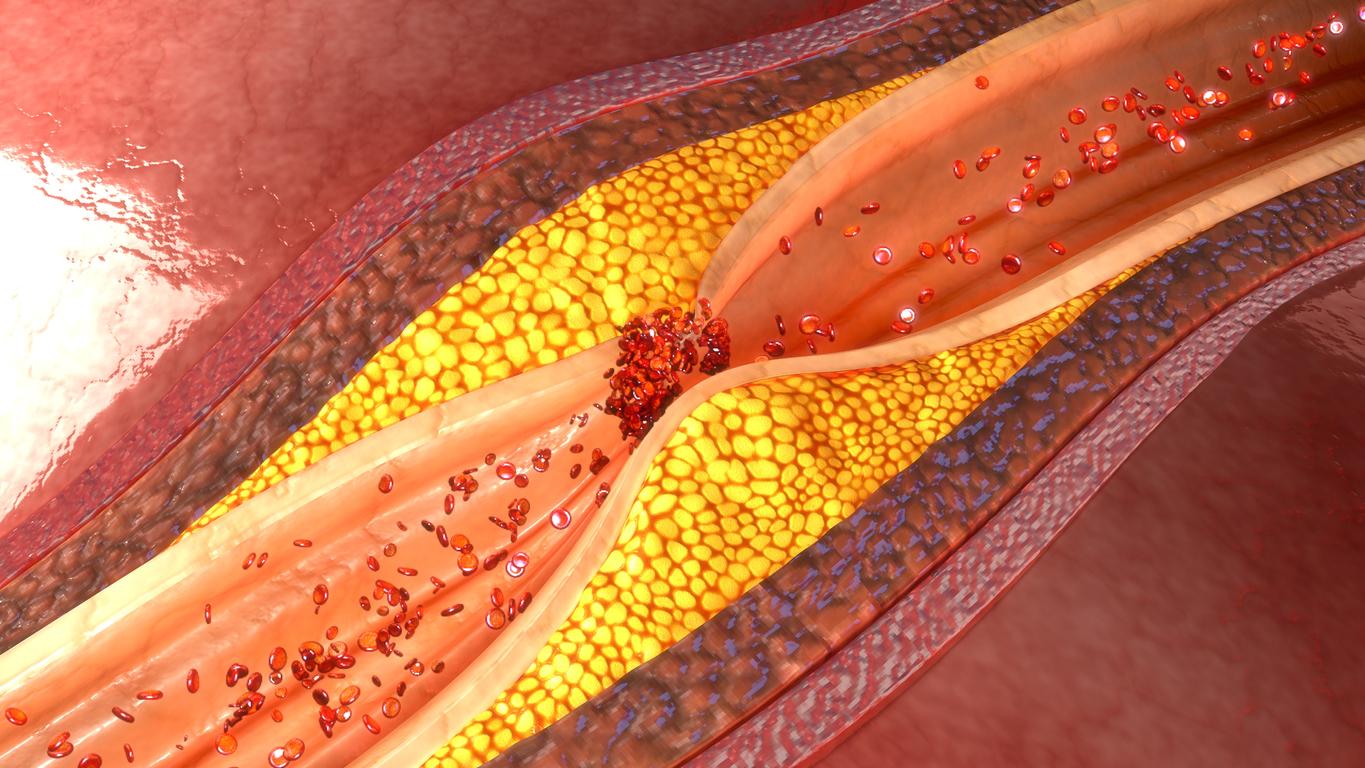While a heat wave is expected this week, preventing and recognizing heat stroke can be life saving.

A heat wave is expected on Monday, with a peak at the end of the week which will see the thermometer blithely exceed 35 ° C in many places. Conditions conducive to thermal runaway: the body can no longer regulate its internal temperature, which can then exceed 40 ° C. It’s heat stroke.
“A person suffering from heat stroke is in danger of death,” recalls the French Federation of Cardiology (FFC) in a press release. “Under the effect of the heat, the skin vessels dilate and the blood is distributed to the extremities. The heart is then forced to pump more, thus increasing the heart rate by 10 to 15 beats / minute more, even at rest. . “
Avoid heat stroke
The risk is highest for people with heart failure, the elderly or children under the age of four, who are by definition more vulnerable. To prevent heatstrokes, the FFC offers some common sense advice.
– stay hydrated: drink water and sugar-free drinks (coffee, tea and alcohol should be avoided due to their diuretic effect);
– protect yourself from the sun: stay in the shade, wear a hat, avoid going out in 12 and 16 hours (maximum sunshine);
– lower your temperature: stay cool as soon as possible, take lukewarm showers, put damp cloths on your body;
– limit physical effort: no too sustained or brutal effort, warm up and practice gradually, take regular breaks.
The signs that should alert
Muscle cramps are one of the first signs to watch out for, as are neurological disorders: mental confusion or unusual aggressiveness, for example. Other symptoms complete the picture: nausea, headaches, great fatigue, red and dry skin, intense thirst.
If heatstroke is suspected, do not hesitate to contact a doctor or the Samu, because it is a vital emergency.

.















